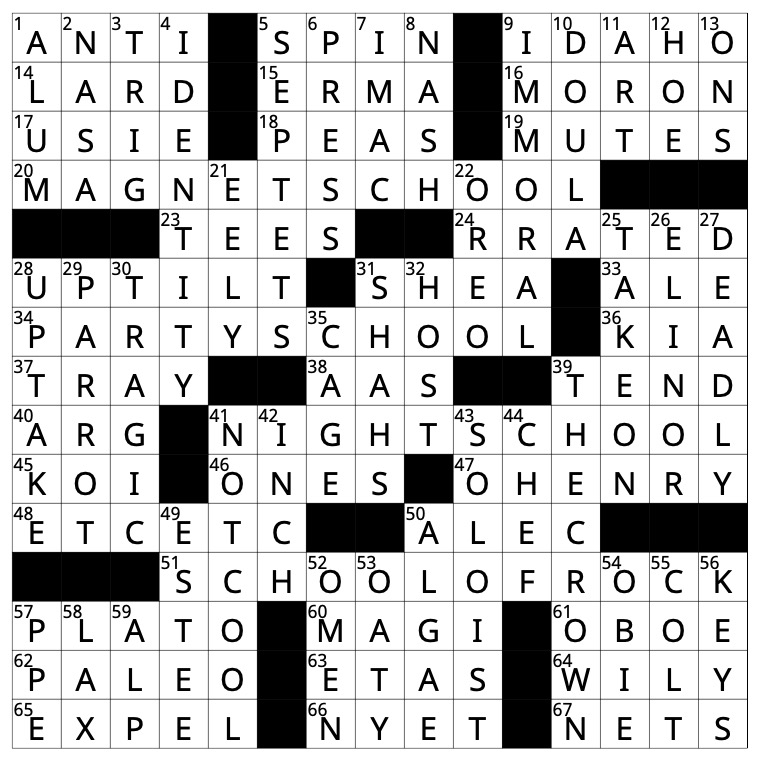By Dana Glaser
Itâs a chilly Friday evening and Lauren Maldonado â08 works alone in the Feldman-Horn art studio. Sheâs exposed by floor to ceiling windows, illuminated against the hazy evening; from afar the scene looks as though itâs arranged in a dollhouse.
The figure of Maldonado stares at her easel, pastels in hand. Her own face stares right back in Technicolor â or at least it will soon. Right now, her first senior portrait â due two days earlier â is only half-realized.
âAP Studio Art is a tremendous time commitment,â she said. âI have been fairly warned.â
Maldonado is one of 33 seniors who have enrolled in Advanced Drawing and Painting III this year and are saddled with the weighty decision of whether or not to join the ranks of those upon whom the AP Board has passed judgment.
They have until November, when their transcripts will be sent to colleges across the country. AP students will continue to have class with Advanced Drawing and Painting III students.
AP Art represents a leap in artistic development because, presumably for the first time in their lives, seniors will be creating a concentration, a body of pieces connected by a conceptual idea which progress into a conclusive piece of artwork.
âUntil now weâve never really explored creating and designing our own compositions,â Gautam Jain â08 said. âNow weâre given the full liberty to express our interest and direction in life through art and sticking with one direction will be hard. â
âThe discipline for doing a concentration is the same discipline you use to do a dissertation in any other subject,â Advanced Drawing and Painting III teacher Arthur Tobias said.
Seniors have a choice of three specialized sections of AP Art. The most common choice, said Hall, is AP Studio Art: Drawing, a class that focuses on the traditional techniques of fine art explored in art history.
AP 2D Design accepts a broader range of work, including computer-generated images, fabric designs and photographs and requires students to integrate the principles of design into practical pieces.
AP 3D Design is also available for students interested in media like sculpture, ceramics, and fashion design.
The deadline for the final AP portfolio is May 9, 2008. The seniors hang their final exhibit in the Feldman-Horn Gallery 10 days after the deadline.
Each test consists of three parts to be scored on a scale of one to six by a group of three to four readers, trained and paid art teachers from across the country.
The first section is the quality section, where each student sends in five actual works. The breadth portion is a compilation of 12 different works that demonstrate artistic skill and the exploration technique.
Harvard-Westlake students draw the breadth section mostly from work done in their junior and sometimes sophomore year.
The core of the artistic portfolio, however, is the concentration section. It requires students to complete 12 original projects in two quarters, which comes to about a piece per week.
For readers who glance over the magnitude of this production uncomprehendingly, here is a scale: seniors who choose not to submit their work to the AP Board have to create six original pieces in three marking periods. Juniors and sophomores complete six projects in an entire year.
Students in the art program are first asked to consider their concentrations at the end of junior year.
They are presented with a list of past themes â an eclectic variety of ideas like Spirals, Barbie, Microcosm versus Macrocosm, Duality â and are reminded that they will be held accountable for explaining their initial plan, the actual process they underwent, the emergence of their own personal style and the influence of other historical artists upon them.
âIâm leaning towards centering [my concentration] around my [Lebanese] heritage, which is kind of a sensitive subject for me,â Nicole Rafidi â08 said. âI came up with that when one of my pieces ended up evolving into a political statement of its own accord.â
Maldonado, on the other hand, hopes to create political awareness with her body of work by depicting poverty in Los Angeles.
âI find it amazing that within our own city there exists such a separation between the very wealthy and the very poor, one that most people only associate with cities beyond our borders,â she said. Her penciled in concentration (she has not yet decided whether or not to enroll in AP Studio Art: Drawing) stems from her experiences volunteering at the Los Angeles County Hospital.
 âMay your odyssey be exciting, fruitful, and fulfilling,â said an otherwise formidable course outline to senior artists on the first day of school. Among the dense project assignments and gallery openings, these are the only words that suggest that AP Art requires a little something more than a time commitment â many student portfolios move toward themes of a deeply personal and emotional nature.
Last year Sonia Vucetic â07 centered her body of art on loss and her stages of coming to terms with it.
Within this theme she painted several nude self-portraits, which were so recognizably her that the school banned them from the gallery.
âI was pretty upset at first,â she said, looking back on her experience, âBut it was kind of awkward to hear that teachers could tell which student was in the paintings. After I thought about it, I understood that they couldnât just put anything up.âÂ
In spite of the controversy, Vuceticâs first comment was to praise the class as one of her most rewarding experiences. She was not alone.
Before they explained their concentrations, before they commented wryly that they spent most of their free time in the studio, the seniors were quick to voice exhilaration at the prospect of bringing their vision to fruition.
As artist Jordan Fu â08 put it: âArt is my passion.â































